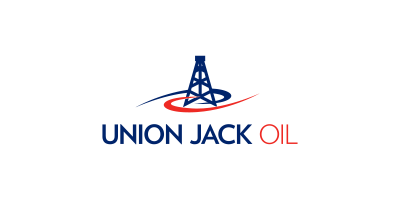The oil market has shifted gear, from a sharp drop to a measured climb, as investors digest a fragile ceasefire between Iran and Israel. Brent has regained footing around $68, supported by initial signs that global supply remains uninterrupted, and reduced fears over shipping disruptions in the Persian Gulf. WTI has followed suit, hovering mid‑$60s.
This pivot comes after two days of steep losses that totalled a striking 13% tumble, the worst since 2022. Yet the rebound, modest by comparison, signals a change in sentiment. Traders are now pricing in the possibility of U.S. interest rate cuts and recognising that the ceasefire, though precarious, has eased supply anxieties. Inventory data pointing to a drawdown in U.S. crude stockpiles has lent further support, reinforcing the gradual bullish shift.
Still, the recovery isn’t dramatic. The market remains cautious, with fundamentals staying cautious amid steady global production and lacklustre demand. Investor focus has swung from headline risk to structural flows: tightening inventories, shipping dynamics, and lingering geopolitical vulnerability. Goldman Sachs forecasts that any disruption in the Strait of Hormuz could still trigger a labelled price surge, underscoring that underlying tail‑risk remains relevant.
Equities in Gulf markets and energy-exposed sectors have responded positively, but without breakout conviction. This underscores a broader trend: markets are balancing newfound stability with persistent uncertainty. The oil outlook remains range‑bound, yet the bottom of that range is shifting upward.
For investors, this environment calls for selective positioning. Plays that benefit from modest price rises, such as integrated energy producers, refining, or shipping, stand to gain. High‑cost production or speculative exploration remains vulnerable in a landscape where price support depends on limited supply tension.
Union Jack Oil plc (LON:UJO) is an oil and gas company with a focus on onshore production, development, exploration and investment opportunities within the United Kingdom and the United States of America hydrocarbon sector.





































